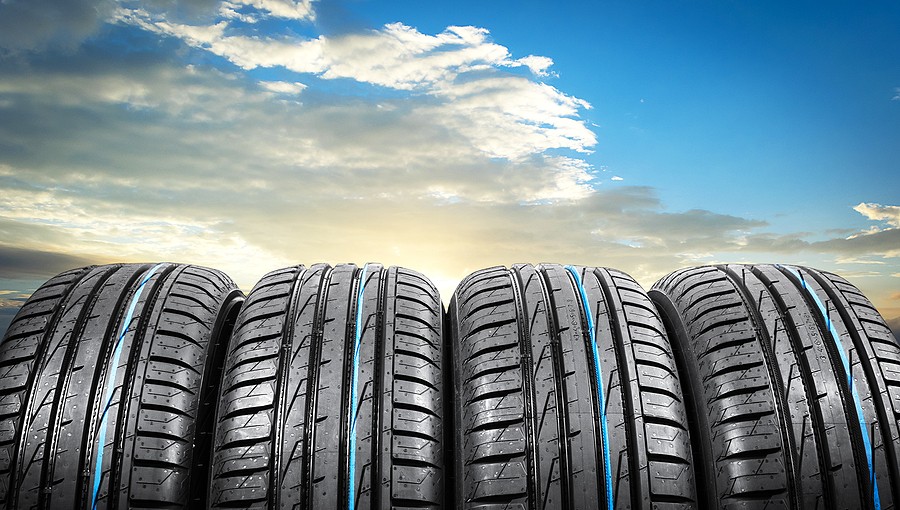If you wonder, “how to you know if it's time to replace my tires?” Watch for the following symptoms:
- Investigate the tread depth
- Monitor for any visible signs of wear and tear
- Consult a mechanic
Your vehicle's tires are the first and most important elements that interact with the roads continuously. If they're not in good shape, they can easily lead to major car accidents that could put your life at risk of crashes.
Over time of use, these tires are expected to wear out. As a driver, you are responsible for monitoring the status of your tires and determining when to replace them to avoid dealing with undesirable outcomes.
This article walks you through simple steps that help you answer the question, “how to you know if it's time to replace my tires?” Once you confirm that it's the right time now to replace your tires, you should not delay this issue, and you should immediately either list the four tires or check with your manufacturer and determine whether you can replace only two tires on the same axle assuming that the other two are in good condition.
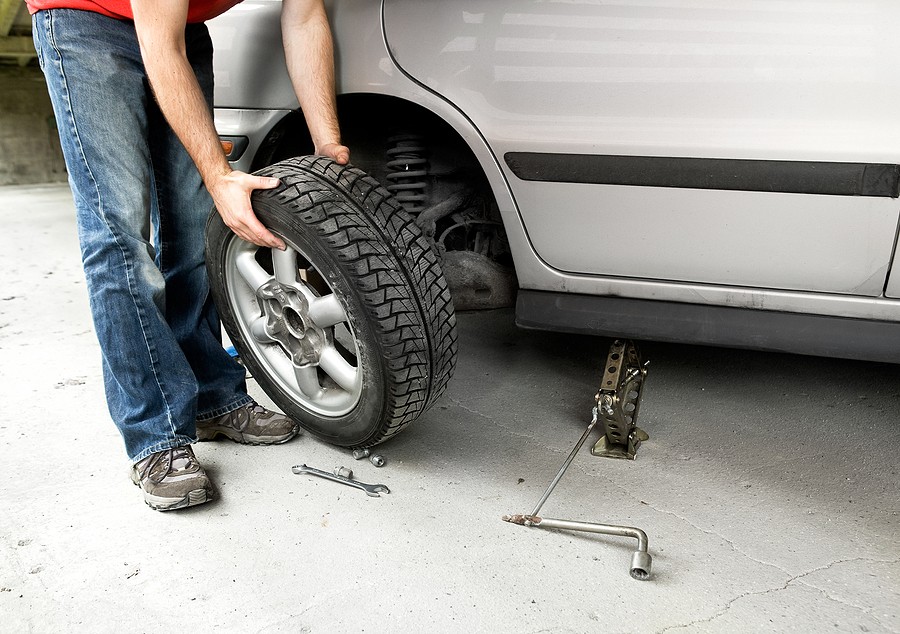
How to know if it's time to replace my tires?
You can implement many ways to determine whether your tires are in new condition, or they will do for replacements. Let's walk through a few more experts’ recommendations on “how to know if it's time to replace my tires?”
- Understand your state's regulations
The first and most important thing you have to start with is understanding your state's regulations. Every state has its requirements for the accepted tread depth in your tires. For instance, some states might say that your tire should not have less tread than 2/32. Other states might have a different number.
Determine what your sister says in terms of tread depth and note this requirement as this line for your investigation.
- Check your tread depth
Once you have a number that you can base your investigation on from your state’s requirements, the next step is to determine where your tires sit in terms of tread depths.
You can rely on multiple methods that could help you measure the tread depth. Some of these methods are more accurate than others, but they're pretty reasonable and a good representation of your tires' current situation.
· Consider the penny test
For example, you can use the penny test. You need to insert the penny in your tire tread during the penny test. If you can see Lincoln’s head, you don't have enough tread.
You must implement this test on multiple locations around the same tier because there could be a specific condition in your vehicle that is causing more wear and tear in certain locations around your tire than others. You're also required to perform the same tests on the four tires to ensure no problem causing one tire to have more problems than the others.
· Consider the chart depth indicator
If you are not confident about the penny test results, you can't even rely on a more accurate measurement using a tread depth indicator. However, this indicator is very simple to use, and you can install it in the tire grooves to allow you to measure the exact amount of thread you have.
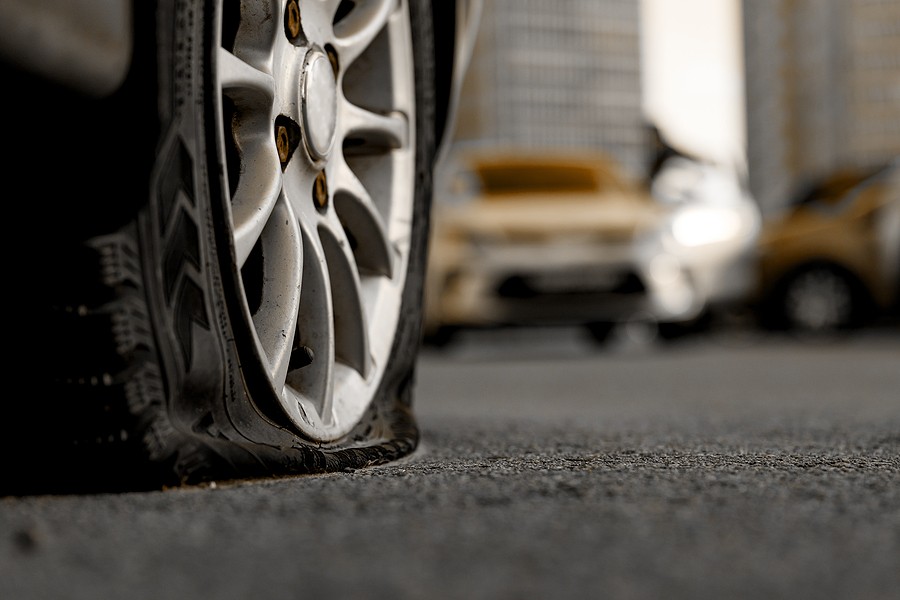
- Compare your tread measurements to the standard
After you have a good understanding of the current tread depth across all your tires, you can then calculate the total average number and compare it to your vehicle’s standards in your state pier if you realize that the current trend is below what's required in your state, that indicates that you should immediately replace the tires and not wait a single minute on these worn-out tires.
On the other hand, even if you still have some tread on your tires, sometimes it's worth being proactive about the problem and preparing to replace these tires before they completely get worn out.
- Perform a quick visual inspection
Sometimes relying on the tread depth only does not provide you with the full picture of your tires. For example, automotive experts recommend visually inspecting your vehicle’s overall condition in the tires.
For example, if you found some signs of tear and wear around the entire sides that you cannot capture using that red test, then this indicates that you'll need to replace the tires sometime soon.
Many of these things that you can visibly notice might lead to difficult situations that could put your life at risk of crashes. For example, if there is any major issue on the tire side, there's a very high chance that this tire might pop out of your vehicle and cause you to lose control. This is a very difficult situation that can easily lead to Catastrophic consequences causing you not almost lose the vehicle but also to impact your life.
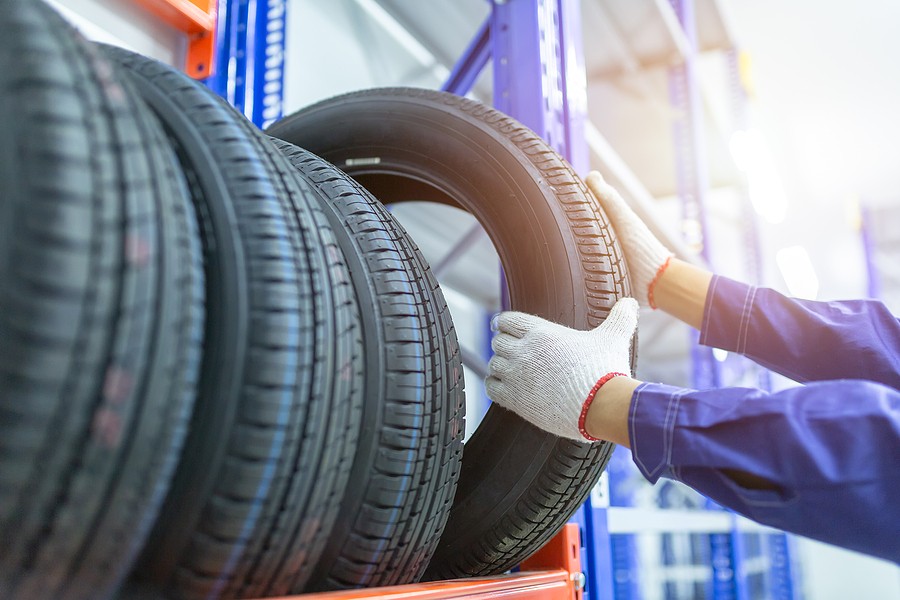
- Watch for any strange behaviors
Automotive experts always recommend keeping an eye on your vehicle's behavior. For example, suppose you realize that a weird noise or a strange smell is coming from any component in your vehicle. In that case, you should take this situation seriously because it indicates add internal problem.
The same principle applies to your vehicle's tires. For example, if you feel that the tires are not acting the same, it could be a problem with one or more tires. Sometimes you might feel that your vehicle is drifting towards one side more than the other. While this problem could be related to many different components, bad tires might be the culprit.
- Check on other components
Sometimes problems in components around the tires might damage the tires prematurely. In that case, you might need to replace the tires to be on the safe side. For instance, if there is an issue with the suspension system or probably the steering system, it can easily put more stress and pressure on one side than the other on your car. As a result, the tires and that pressured side will wear out more frequently than any other tires in your vehicle.
Therefore, we highly encourage you to monitor the other components. If you confirm that one of those components is not in condition, you have to take care of it and replace it or fix it immediately. In the future and replacing the tires will not help because the root problem still exists, and even if you installed the best type of tires, they would wear out immediately because of the other issue.
- Consult your mechanic
You can also rely on your regular maintenance to check with your mechanic between now and then on the tire situation. For example, your mechanic has a better understanding of what to look for in terms of checking the current status of your tires.
Your mechanic might detect some abnormal bulges or bubbles on the tire sites, which indicates a severe condition and suggests that you should replace the tires immediately.
You will also have a good understanding of your vehicle's owner’s manual. The manual should have important recommendations in terms of how often you should replace the tires and homemade tires you must replace at the same time.
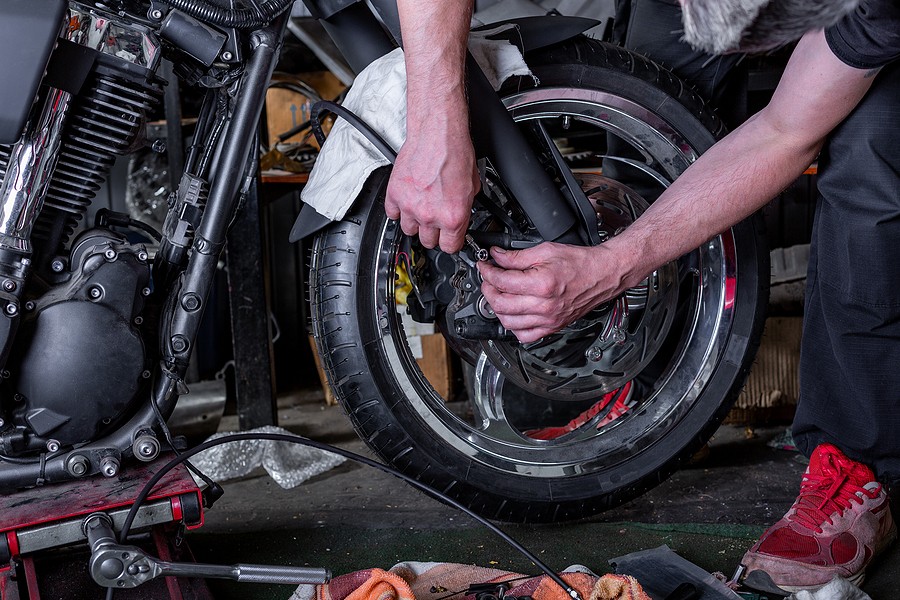
Can I replace just one tire?
In typical situations, replacing one tire is not going to work. This is simply because if you decide to install a new tire on one side of your vehicle, you're going to cause some imbalance in the vehicle’s overall situation.
This is because one of the tires will have more tread than the others, and therefore, your vehicle will lean towards the other tires to balance. This causes many issues to the new terrorists that are under stress, and that's what you don't want to do because by installing one tire, you're causing more problems on the three other tires.
Problems might not be only limited to the other tires. For instance, you have imbalance issues that might damage the suspension system, which is considered a more expensive system. In that case, you'll be dealing with a more complicated situation that is hard to fix.
Can I replace two tires at a time?
Yes and no. Depending on your manufacturer, you might be able to replace two tires simultaneously but to make sure that these two tires are on the same axle, you don't cause some balance issues.
However, many manufacturers require replacing the four tires whenever you have a problem with only one tire. While this might seem like more costs, it's the other way around. In other words, the manufacturers understand what could go wrong with the other tires if you decide to install only one or two tires. Therefore, to protect their meaningful tires and eliminate any problems that could impact the suspension system, these manufacturers insist on having the four tires replaced at the same time.
How much does tire replacement cost?
It depends on your vehicle slide and the type of terrorist you are going with. Typically, tire placement should cost you between 50 and $200, assuming that you're only looking to replace one tire. You will end up with your blessing at least two tires depending on what your manual is recommending, and, in that case, you need to multiply this number by two or by four depending on what you're required to do.
Keep in mind that the cost is just a rough estimate, which differs depending on the labor cost and where you get these tires placed or purchased. For instance, many people decide to buy tires online and have the right skills to replace them independently. In that case, they would expect to pay the minimum expected replacement costs for their tires.
On the other hand, many people drive luxury vehicles and don't want to go with untrusted resources to purchase used tires online. In that case, they will most likely consult the dealership and purchase original players to ensure that the vehicle does not experience any problems shortly.
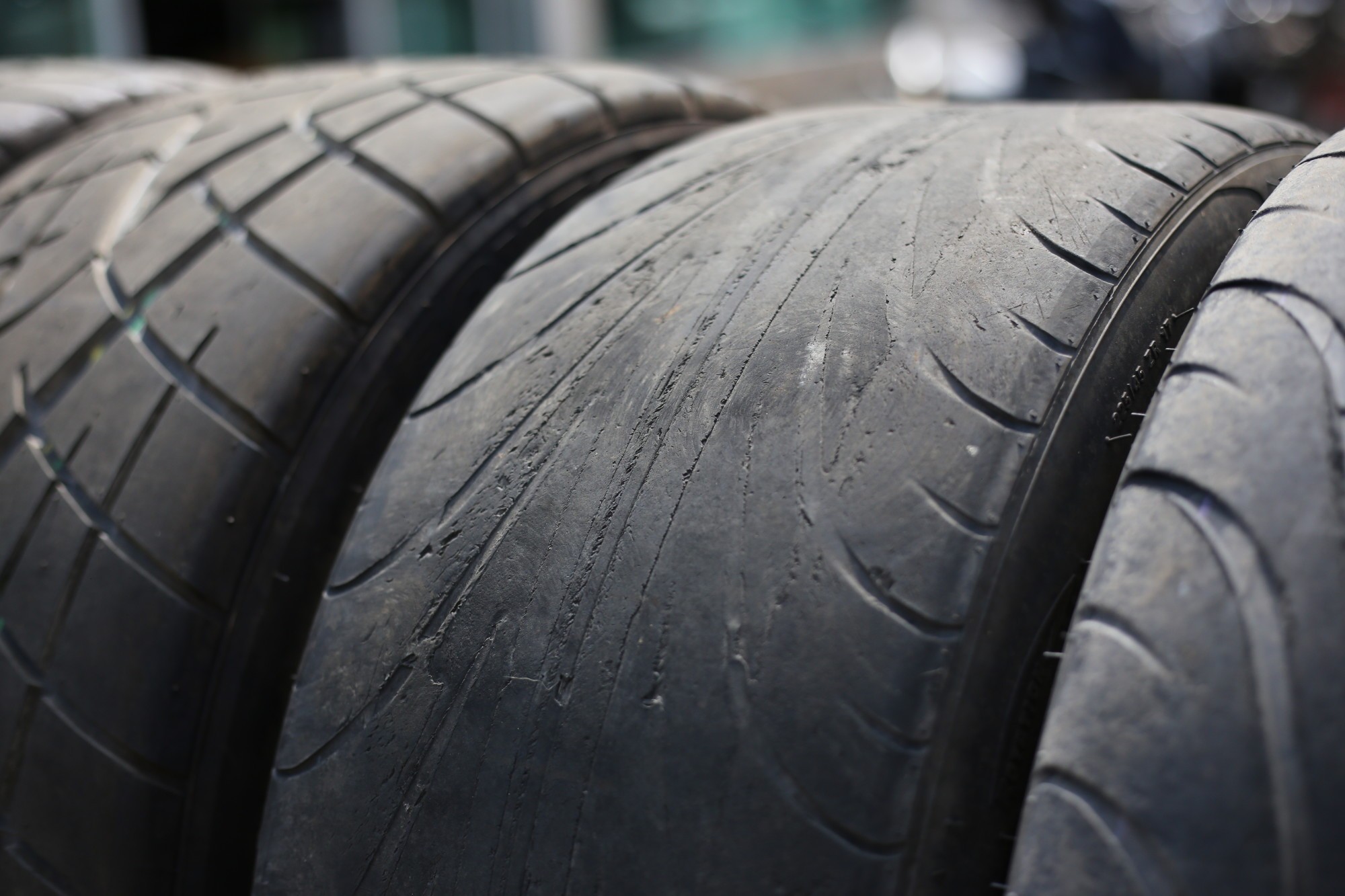
Final thoughts
Every driver must maintain the vehicle's tires no matter what. Saving money and ignoring tire problems can easily lead to undesirable outcomes. Therefore, one of the first questions you should ask yourself is, “how to you know if it's signed to replace my tires?”
This article walked you through simple investigations that you can perform yourself without needing a professional that allows you to determine it's the right time now to replace the tires here. However, sometimes many inexperienced drivers might not have the right skills to perform these tasks, and that's where we recommend consulting and mechanics.
If your vehicle has major mechanical problems, sometimes it might not be worth replacing any tires. Instead, you should focus on fixing the major problems first and then move toward the entire issue. In many scenarios, you might end up in a situation where you have to sell your car rather than receive time, money, and effort. Are you looking to sell a car with some major problems? Cash cars buyer is always here to help you!
Cash Cars Buyer is one of the top-rated car removal companies in the nation that guarantees to pay you the top dollars and provide you with free towing despite your living location around the United States.
Our process is very straightforward and doesn't take more than a couple of days to get your car removed safely and for the most money.
All it takes you is to:
- Describe your car's type and condition
- Receive our instant free quote
- Accept the quote
- Get your car removed and receive your cash payment on the spot!
To learn more about our process and our team, you can reach out to us by calling us at (773) 791-4363 or visiting our home page click on the free instant online offer.

